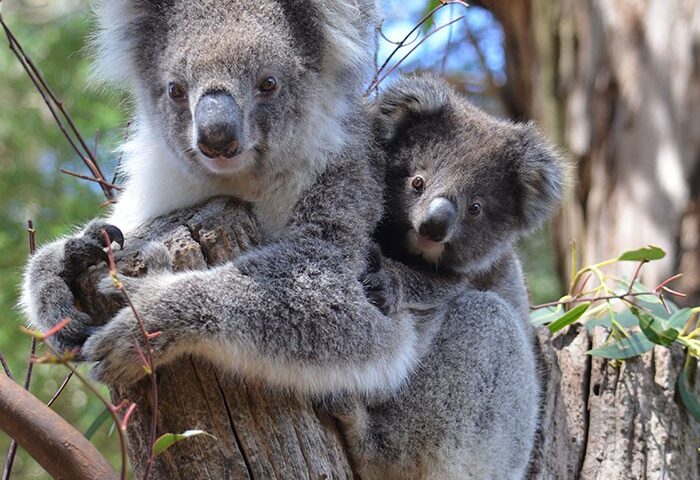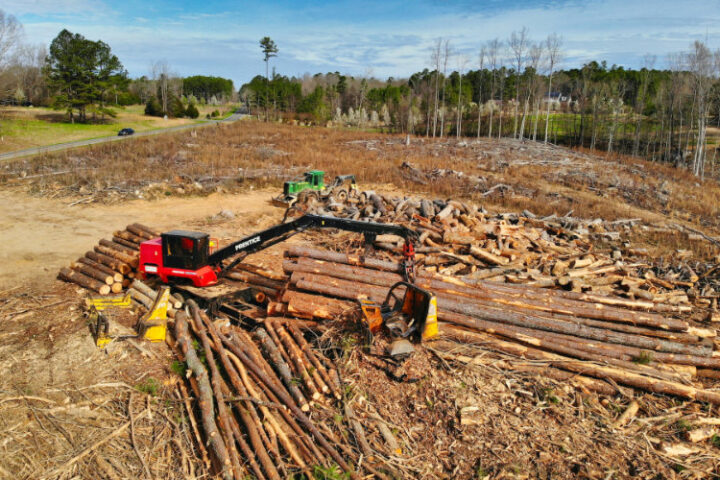SeaWorld to Upgrade Killer Whale HabitatsUnder Pressure to Revamp Parks,
Company Invests Several Hundred Million Dollars for Expansion
By
TOM GARA
CONNECT
<http://online.wsj.com/news/
Updated Aug. 15, 2014 10:44 a.m. ET
Following lagging attendance and bad publicity, SeaWorld will announce a
new expansion of the habitats housing its signature killer whales. WSJ’s
Tom Gara reports on Lunch Break with Tanya Rivero. Photo: Getty
SeaWorld Entertainment <http://quotes.wsj.com/SEAS> Inc., SEAS +2.89%
<http://quotes.wsj.com/SEAS> suffering from negative publicity and flagging
attendance, announced Friday a new expansion of the habitats housing its
signature killer whales.
The company plans to upgrade the killer whale tanks at three of its theme
parks, beginning with the San Diego location. The new enclosure in San
Diego will be almost double the size of the current one, holding about 10
million gallons of water and extending to a depth of 50 feet. The company
wouldn’t specify the cost of the upgrades, only saying it would be several
hundred million dollars.
The company also said it pledged $10 million in matching funds for killer
whale research.
Construction at SeaWorld in San Diego is set to begin next year and
completed by 2018, with upgrades to follow at Orlando, Fla., and San
Antonio parks. Reuters
SeaWorld Entertainment is locked in a battle with animal-rights activists,
who say that training and publicly performing killer whales is an
inherently cruel act. The documentary “Blackfish,” which has been screened
in cinemas and broadcast multiple times by CNN, raised these criticisms to
a higher level of public awareness, and has harmed the company’s financial
results.
Jim Atchison, SeaWorld’s chief executive officer, said the new facilities
would set the standard globally for man-made killer whale habitats, but
acknowledged they were unlikely to satisfy the company’s most vocal
critics. “It probably won’t, and that’s not our audience,” he said.
“Unfortunately there are some people who want nothing more than to see the
end to the relationship between humans and animals, and that would be a sad
outcome.”
Instead, the company says the habitats will create new opportunities for
scientific research into the animals.
The San Diego facility will include a “water treadmill” system letting the
whales swim against a stream of moving water, allowing them more exercise
but also opening the door to new research into how the animals burn energy.
The system will be the first of its kind in the world, the company says.
SeaWorld’s San Diego park currently keeps its killer whales in a habitat
containing 5.6 million gallons of seawater, which is filtered and chilled
to about 55 degrees Fahrenheit and drops to 35 feet at its deepest point.
The new tank will have a total volume of more than 10 million gallons and
hit a depth of 50 feet. It will also include a 40-foot high glass viewing
wall.
SeaWorld plans to double the size of its orca habitat in San Diego. Reuters
Construction at the San Diego location is set to begin in 2015 and be
completed by 2018, with similar upgrades planned for SeaWorld parks in
Orlando, Fla., and San Antonio.
Mr. Atchison said he was confident the construction wouldn’t have an impact
on visitor numbers. Attendance at SeaWorld parks has fallen in four of its
six most recent quarters, and dropped by 4.1% in 2013, with the company
attributing much of that decline to increases in ticket prices. Total
revenue increased by 3% last year to $1.46 billion, its highest ever, as
average spending per visitor rose.
Investors haven’t been kind. SeaWorld shares fell by one-third on Wednesday
and are off nearly 50% over the past 12 months. The stock declined another
4.8% to $18 on Thursday.
The company acknowledges the fallout of “Blackfish”—which it says is a work
of propaganda—is hitting attendance. Mr. Atchison said the drop in visitors
was disappointing but temporary. “We’re a 50-year-old company and we’ll
have difficult quarters, they’ll come and they’ll go,” he said. “But we
have an enduring brand and a unique position in the marketplace.”
The company’s critics say the parks’ attendance and overall financial
performance show that its business has fallen out of favor with the public.
“You don’t have dancing bears or tigers jumping through hoops anymore,”
said Naomi Rose, a marine mammal scientist at the Animal Welfare Institute,
which advocates against keeping marine mammals like whales and dolphins in
captivity. “Zoos have moved away from that model; they try to place animals
in a more natural setting. So why do we still have sea animals performing
tricks?”
The answer, she said: “This is what people expected from sea animals for
years and years, and SeaWorld catered to that. But the expectation has
changed, and SeaWorld is way behind the times on this.”
Christopher Dold, SeaWorld’s vice president of veterinary services,
disagrees with those who say killer whales can’t live healthy lives in
captivity. He said the new habitats will be “not just larger but more
dynamic, and with a lot more of the kind of mental and physical stimulation
that we know is so important for overall health and well-being.” The
improvements, said Dr. Dold, don’t represent a concession that current
space housing the whales is too small.
“We believe the facilities we have are absolutely world class, but that
doesn’t mean we’re just going to sit back,” he said. “With these kind of
spaces, the changes are sometimes evolutionary and sometimes revolutionary,
and this time it is revolutionary.”
*Write to *Tom Gara at tom.gara@wsj.com



